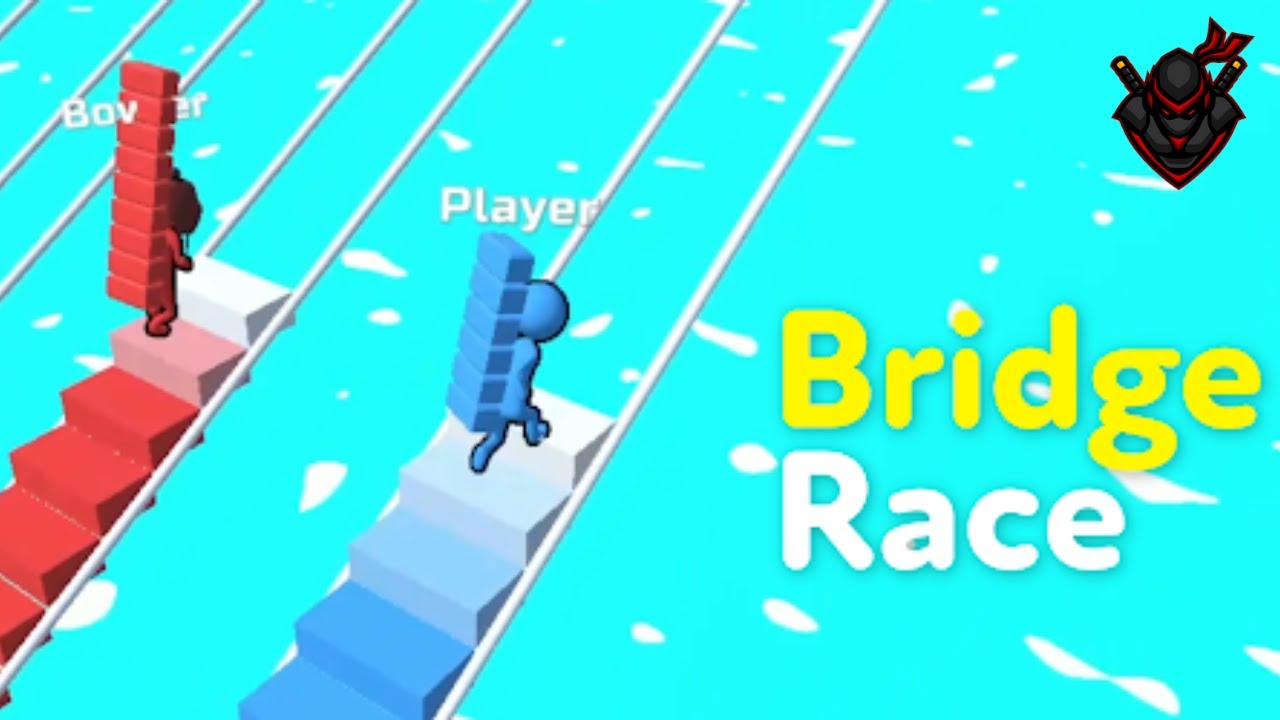Introduction
“Ghost of Tsushima” is a breathtaking action-adventure game developed by Sucker Punch Productions and published by Sony Interactive Entertainment. Released in July 2020 for the PlayStation 4 and later updated for the PlayStation 5, the game immerses players in the rich history of feudal Japan during the Mongol invasion. With its visually stunning open world, compelling narrative, and innovative combat system, “Ghost of Tsushima” has become one of the most iconic games of its generation.
In this article, we will explore the core aspects of “Ghost of Tsushima,” including its storyline, gameplay mechanics, visual aesthetics, and cultural significance. We will also delve into the game’s legacy and its impact on the gaming industry.
The Story of Ghost of Tsushima
Historical Context and Setting
“Ghost of Tsushima” is set in 1274, during the first Mongol invasion of Japan. The Mongols have arrived on the shores of Tsushima Island, a strategic location between the mainland of Japan and the invading forces. The game’s protagonist, Jin Sakai, is one of the last samurai standing after a devastating battle against the Mongol leader, Khotun Khan.
The narrative follows Jin’s transformation from a noble samurai bound by tradition to the titular “Ghost,” a warrior who uses unconventional tactics to save his homeland. The story highlights the internal struggle between Jin’s loyalty to the samurai code and his need to protect Tsushima at all costs.
Jin Sakai: The Duality of a Hero
Jin Sakai is a complex character torn between his duty to his people and the rigid samurai code of honor. Throughout the game, players witness his gradual shift from a traditional warrior to a stealthy, lethal force who will stop at nothing to defeat the Mongols.
The dynamic between Jin and his uncle, Lord Shimura, is central to the story. Lord Shimura embodies the ideals of the samurai class, upholding honor and tradition, while Jin must forsake these values in his battle against the overwhelming Mongol forces. This tension creates an emotional and personal journey that players are drawn into.
Gameplay Mechanics
Open-World Exploration
One of the standout features of “Ghost of Tsushima” is its expansive and beautifully designed open world. The game allows players to freely explore the island of Tsushima, which is divided into three regions, each offering a variety of landscapes, from golden fields and dense forests to snowy mountains and coastal cliffs.
Players are encouraged to discover hidden locations, such as Shinto shrines, hot springs, and haiku spots, which contribute to the immersive experience of feudal Japan. The game does away with traditional waypoint systems, allowing players to follow visual cues from the environment, such as the direction of the wind, to find their way to objectives.
Combat System: Samurai vs. Ghost
The combat system in “Ghost of Tsushima” offers two distinct playstyles, reflecting Jin’s dual identity as both a samurai and the Ghost.
- Samurai Combat: Players can engage in direct combat using a katana, relying on precision and timing. The game’s “Standoff” mechanic allows players to challenge enemies to a one-on-one duel, showcasing the elegance and discipline of samurai fighting.
- Ghost Tactics: Alternatively, players can adopt stealth tactics, using tools like smoke bombs, kunai, and poisoned darts to silently eliminate enemies. This approach is less honorable by traditional samurai standards but highly effective against the Mongol invaders.
The fluidity between these two styles is one of the game’s most praised features, allowing players to switch between being an honorable warrior and a cunning assassin depending on the situation.
Visual Aesthetics and Design
A Cinematic Experience
“Ghost of Tsushima” is often compared to classic samurai cinema, particularly the works of legendary director Akira Kurosawa. In fact, the game features a special “Kurosawa Mode,” which transforms the visuals into black-and-white with a grainy film texture, paying homage to the iconic samurai films of the 1950s and 60s.
The game’s cinematic approach extends beyond its visuals, with carefully choreographed cutscenes, dramatic camera angles, and dynamic weather effects that enhance the overall storytelling experience.
A Vibrant World
The attention to detail in the world of “Ghost of Tsushima” is extraordinary. Every aspect of the environment, from the swaying grass fields to the blossoming cherry trees, adds to the beauty of the game. The changing seasons, day-night cycles, and realistic weather patterns make the island of Tsushima feel alive and dynamic.
Moreover, the use of color plays a significant role in conveying the mood of different areas. Bright, sunlit fields exude peace and serenity, while darker, war-torn regions reflect the devastation brought by the Mongol invasion.
Cultural Significance and Representation
Authentic Depiction of Feudal Japan
“Ghost of Tsushima” stands out for its respectful portrayal of Japanese culture and history. The developers worked closely with historians and cultural consultants to ensure that the game’s depiction of samurai customs, architecture, and even clothing was accurate. While some creative liberties were taken for the sake of gameplay, the overall experience feels authentic and immersive.
Kurosawa’s Influence
As previously mentioned, Akira Kurosawa’s influence is felt throughout the game. His films, particularly those like “Seven Samurai,” heavily inspired the tone and visual direction of “Ghost of Tsushima.” The game’s emphasis on moral dilemmas, honor, and sacrifice is reminiscent of the themes explored in Kurosawa’s works.
This cultural connection has resonated deeply with fans of samurai cinema, as well as with Japanese audiences, who praised the game’s respectful portrayal of their heritage.
The Legacy of Ghost of Tsushima
Commercial Success and Critical Acclaim
“Ghost of Tsushima” was met with both critical and commercial success upon its release. It sold over 5 million copies within months and won several awards, including Best Art Direction and Player’s Voice at The Game Awards 2020. Its immersive storytelling, stunning visuals, and innovative gameplay made it a standout title in an already competitive year for gaming.
Ghost of Tsushima: Director’s Cut
In August 2021, Sucker Punch released “Ghost of Tsushima: Director’s Cut,” which includes a new expansion, “Iki Island.” This addition offers players a fresh narrative, new enemies, and expanded gameplay mechanics, further enriching the experience. The Director’s Cut also takes full advantage of the PlayStation 5’s hardware, offering enhanced graphics, faster loading times, and DualSense haptic feedback support.
Impact on Future Open-World Games
“Ghost of Tsushima” has set a new standard for open-world game design, with its seamless integration of exploration, storytelling, and combat. Its innovative navigation system, which encourages players to rely on natural environmental cues rather than traditional waypoints, has influenced the design philosophy of future games in the genre.
Conclusion
“Ghost of Tsushima” is more than just a game; it is an unforgettable journey through one of the most beautiful and historically rich settings ever depicted in gaming. With its emotional narrative, breathtaking visuals, and innovative gameplay, the game offers an immersive experience that resonates with players long after the final credits roll.
From its portrayal of the internal conflict between tradition and survival to its homage to classic samurai cinema, “Ghost of Tsushima” stands as a masterpiece in the action-adventure genre. As it continues to inspire both players and game developers alike, its legacy as a culturally significant and innovative title is sure to endure for years to come.
This article on “Ghost of Tsushima” offers an in-depth look at the game’s core elements, appealing to both new players and seasoned fans. Its keyword-rich content ensures that readers searching for information about the game will find all they need within this detailed analysis.


